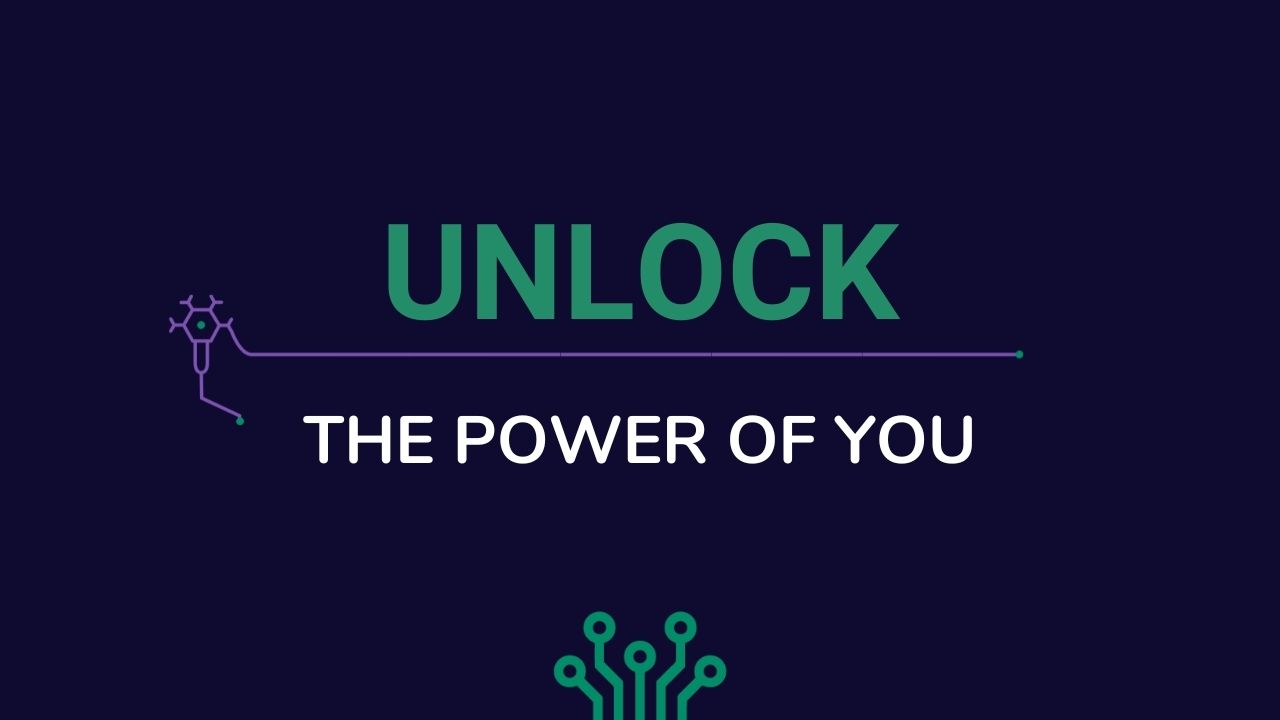Today our expert guest is Amy Herman, a lawyer and art historian who uses works of art to symmetrically sharpen observation, analysis, and communication skills. By showing people how to look closely at painting, sculpture, and photography, she helps them hone their visual intelligence to help them recognize the most pertinent and useful information, as well as biases that impede decision making.
She originally developed her Art of Perception seminar in 2000 to improve medical student’s observation and communication skills with their patients, but she has since adapted the program to train a wide variety of individuals, including: the FBI, NYPD, Department of Homeland Security, Navy SEALs, Peace Corps, Georgetown University Hospital, MetLife, Johnson & Johnson, Planned Parenthood, Seventh Day Adventist Church, and New York City doormen.
How do we see what matters?
Amy’s catchphrase is, “How do we see what matters?”
In a world where we are barraged with information, where we have a non-stop, 24-hour stream of digital information available at your fingertips, how do we separate what’s important from what’s just noise? We see so much and our brain can’t take all of that in, so how do we distill the information that we need to live our lives with purpose and do our jobs as effectively as we can?
Amy suggests that it’s through the development of visual intelligence, which “means not only looking up from your screens and engaging the world around you, but filtering out a lot of that noise and a lot of that information to see what matters.”
Art just happens to be the vehicle that Amy chooses to teach this because it’s a novel set of data for the people that she works with. If you’re used to running a successful business, for example, looking at works of art gives your left brain a rest, engages your right brain, and forces you to think about communicating what you see. Then, when you go back to work, you have a different template or lens through which to see business operations and communicate what you see to others.
Communication is actually a significant part of this program. “Communication is a two-way street,” Amy says. “It’s not just how you say it. You have to be mindful of who’s listening to you and how your message is being heard. Because if it’s not being heard, your message doesn’t matter.”
The Biggest Helping: Today’s Most Important Takeaway
“This a rule in my house and I share it with people because it’s a small thing and we can all do it: look up from your screens for 15 minutes a day. If my 16 year old can do it, I promise you can do it… Do anything. Go talk to a colleague. Go talk to your husband. Go talk to your wife. Have a glass of wine. Read a book. Make dinner. Take a walk.
“And it’s not a punishment… But I believe that when we look up from our screens for 15 minutes a day, we think differently, we communicate differently, and we prioritize our lives differently.”
—
Thank you for joining us on The Daily Helping with Dr. Shuster. Subscribe to the show on iTunes, Stitcher, or Google Play to download more food for the brain, knowledge from the experts, and tools to win at life.
Resources:
- Learn more at http://www.artfulperception.com
- Twitter: https://twitter.com/amyhermanaop
- Read: Visual Intelligence: Sharpen Your Perception, Change Your Life
- Watch: “Amy Herman: A lesson on looking | TED Talk – TED.com”
- Get your Personal Helping at thedailyhelping.com/personal-helping
The Daily Helping is produced by Podcast Masters

There is incredible potential that lies within each and every one of us to create positive change in our lives (and the lives of others) while achieving our dreams.








